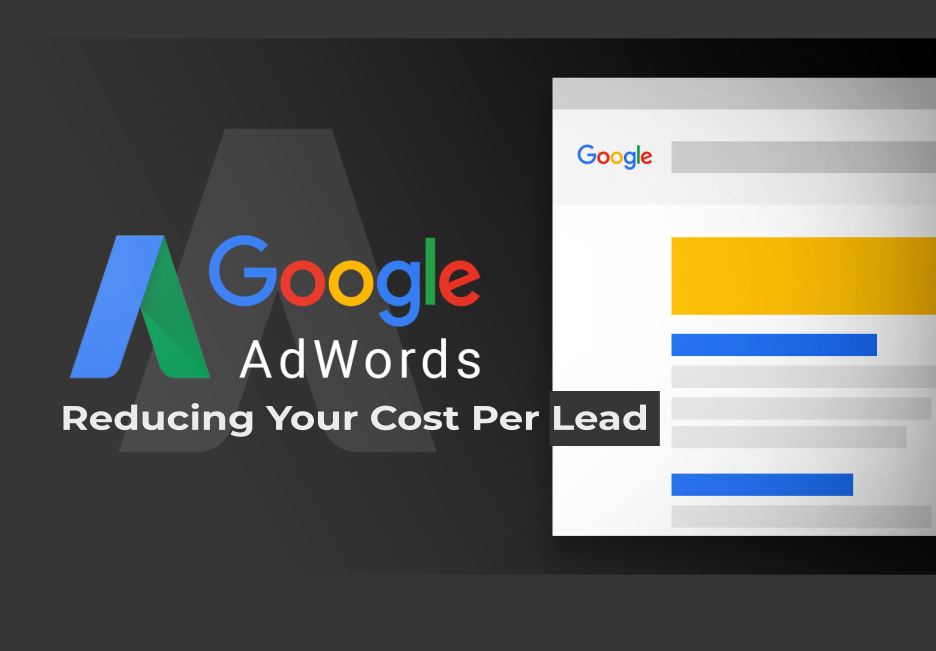More than ever, companies have to do more with less. Sales goals are growing by 5 to 10 percent, whereas budgets are growing only 1 percent or remain flat. Even businesses with larger budgets allocate budget funds for new media to test new marketing techniques.
SEM managers have to improve their effectiveness and ensure that Google Adwords dollars stretch. Learn five ways to cut the cost per lead while getting rid of waste from your paid search advertising.
Include Negative Keywords
Check out the terms and phrases you use to get your site’s visitors to your site. What’s the intention of the user driving them? Visitors may arrive at your site in search of something specific but quit when they are unable to find what they are looking for. It is also possible that you are sending leads that aren’t qualified to your site.
One common example is career-related searches. If you do not have job openings or are losing money to people searching for work, adding “company name jobs” and similar phrases in negative terms is possible.
To determine other potentially negative keywords, look at figures based on visitors. If certain words have a high bounce, a low amount of time spent on pages, and a few visited pages, they could cause poor traffic and maybe be set as negative keywords.
Limit your Bids Based on Geographical Region
This article may not be applicable to clients with national websites for e-commerce or lead-generating websites trying to attract customers from all over the globe; however, these suggestions can benefit companies with brick-and-mortar stores in their local area.
Google Adwords allows you to restrict the countries and states that you bid on, which means you are able to lower your expenses by turning off bids from states where you aren’t located.
To get deeper into the subject, you should analyze the traffic patterns within 10 to 20, and 50 miles of your area. Are customers closer to your location more likely to convert? If yes, modifying bids for close customers will increase your visibility locally while decreasing your expenses further away.
Some companies organize the entirety of their Adwords campaigns around geographical areas to allow adjustments on a smaller scale to cut costs.
Optimize Your Landing Page
One common mistake made by brands beginning out is to designate their home page as the traffic-generating page. However, the more specific the keywords are, the more specific the landing page must be.
For instance, if your business is an eatery serving barbecue, it is important to bring people searching on the internet for “local catering” to your catering page, which explains the number of guests you can accommodate and what you can offer in terms of food.
In certain instances, it is the case that you and your SEM or SEO teams may need to collaborate to develop landing page experiences that are relevant to popular keywords or for product pushes.
The landing page optimization is essential for every company regardless of the service that is offered. In the same way, B2B companies should still strive to direct customers directly to their product pages instead of generic pages that potential customers need to search through to find the information they require.
Visitors to your site don’t wish to go through your site; they’re looking for information specifically tailored to the search terms they use.
Make Bids Based on Your Quality Score
Every keyword in the campaign is assigned an overall quality score so that both you and Google can see the value you provide to the term.
For instance, many brand names like “Shane’s London Fashion” have a very high score due to their large click-through rates, lead clients to the right landing pages, and be highly appropriate to the company’s brand. However, generic phrases like “HalterTop” could have a lower score when Shane’s Fashion has only one salad option on its menu.
Businesses pay more for bids for terms that have poor quality scores, while those that have higher quality scores have a higher chance of being chosen.
Begin by finding terms with a high-quality score, and examine the effect of reducing prices by only a few cents to the most successful ones. Also, reduce the bids — or eliminate the keywords in the case of irrelevant keywords with low scores.
Be aware of the effect of both of these changes. You should notice little to no effect on your sales while your expenses decrease.
Check Mobile and Desktop Performance
Mobile is certainly an essential element of your marketing strategy, but you could end inefficiently by making the same advertisements for mobile and desktop customers.
Check out the performance of both types of devices. Is mobile more likely to have more bounce rates and less conversion rate? Many businesses find that customers access their websites first on the mobile phone, only to come back using a desktop.
To lower the price per lead, try mobile bid modifiers to reduce your bids for customers who visit through their phones. This test will reduce the cost per lead you pay for mobile devices and benefit your marketing campaign.
Final Thoughts
These suggestions can be classified into two areas: reducing waste and providing an improved experience to your clients. If you continue getting rid of unqualified customers and stop wasting money, your budget will increase, and your sales will rise.
Originally posted 2021-12-15 10:21:00.
